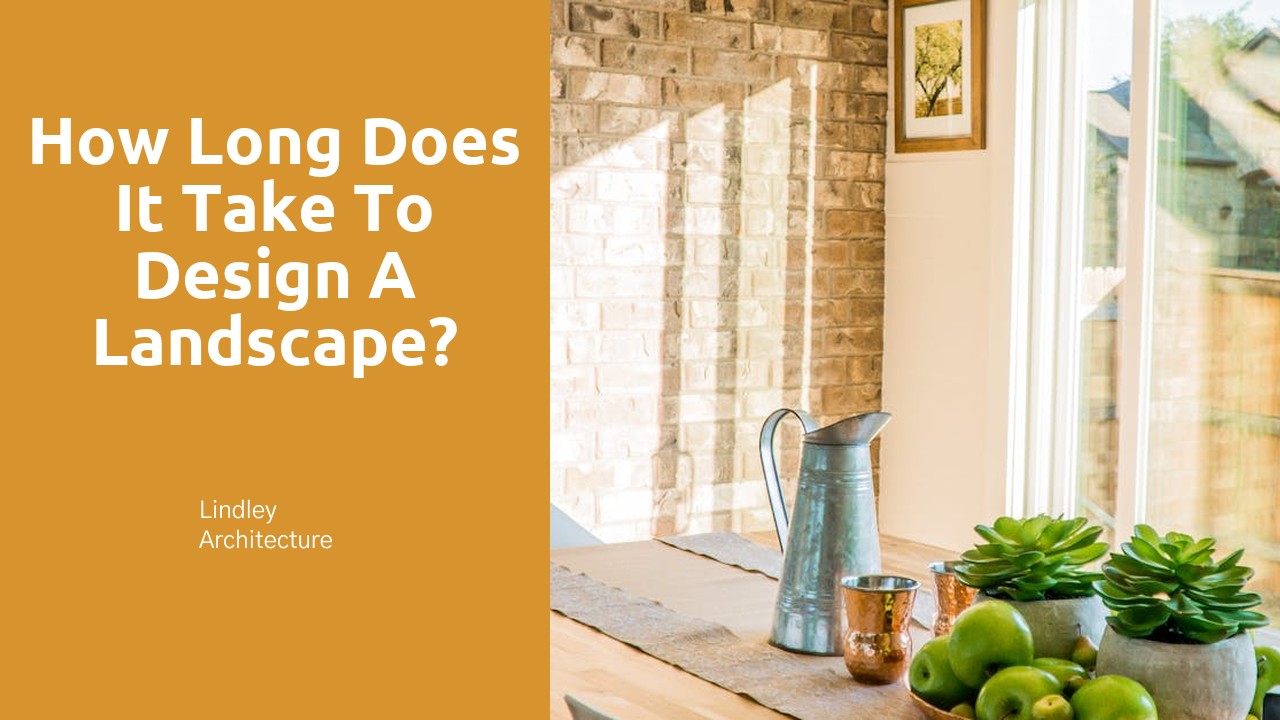
Table Of Contents
Client Input and Feedback
Client input and feedback play a crucial role in the duration of landscape design projects. When clients provide clear and timely feedback on initial concepts and proposed designs, it expedites the decision-making process. For instance, if the client promptly approves the Planting Design in Kleinburg, designers can move forward with detailed plans without delays. On the other hand, when clients require additional time for consideration or make numerous revision requests, the design timeline can be significantly extended.
Furthermore, open communication channels between the client and the design team are essential to ensure that the project progresses smoothly. Clients should feel comfortable expressing their preferences and concerns, allowing designers to address them promptly. When there is a mutual understanding of expectations and design objectives, the project can move forward efficiently. Effective client input and feedback not only impact the timeline of the design phase but also contribute to overall project satisfaction and success.
Revisions and Design Adjustments
Once the initial landscaping design has been presented to the client, it is common for there to be a need for revisions and adjustments. This phase allows the client to provide feedback on elements they may wish to alter or enhance in the design. For instance, if the client desires a more vibrant colour scheme for the plant selection in their garden in Kleinburg, adjustments can be made accordingly to meet the client's preferences and vision.
Revisions and design adjustments are crucial steps in the landscaping process as they ensure that the final design accurately reflects the client's expectations. This phase may involve tweaking the layout of hardscape features, refining the selection of plant species, or adapting the overall theme to better suit the client's aesthetic preferences. Attention to detail and open communication between the client and the landscaping team during the revisions stage are paramount in achieving a design that satisfies the client's needs and enhances the beauty of the Planting Design in Kleinburg.
Weather and Seasonal Considerations
Weather and seasonal considerations play a crucial role in determining the timeline for landscape design projects. In regions like Canada, extreme weather conditions can significantly impact the duration of the design process. For example, during harsh winters, outdoor activities such as surveying and site preparation may be delayed, leading to potential setbacks in the overall schedule. Additionally, unpredictable weather patterns can affect the growth and establishment of plants and trees, requiring careful planning to ensure their survival. Hence, when undertaking a project like Planting Design in Kleinburg, it becomes essential to factor in the seasonal variations and plan accordingly to mitigate any potential delays.
Moreover, the choice of plant species and materials in landscaping projects is often influenced by the local climate and weather conditions. For instance, certain plants may thrive better in specific seasons, requiring thoughtful selection to ensure their long-term health and vitality. Furthermore, construction activities for hardscaping elements like patios or walkways could be hindered by inclement weather, necessitating flexibility in scheduling and resource management. Therefore, a detailed understanding of the local weather patterns and their implications is key to effectively managing the timeline and successfully completing projects such as Planting Design in Kleinburg.
Impact on Construction Scheduling
The timeliness of construction scheduling for landscaping projects can be significantly affected by various factors. Weather conditions, such as excessive rain or snow, can lead to delays in the construction process, pushing back the project timeline. This delay, in turn, can impact the overall completion date of the landscaping design, creating challenges for both the client and the landscaping team involved. In regions like Kleinburg, where unpredictable weather patterns can be common, meticulous planning and flexibility in scheduling are essential to avoid extended delays in completing projects like Planting Design in Kleinburg.
Additionally, the availability of essential landscaping materials can greatly influence the construction schedule of a project. Delays in the sourcing or delivery of materials such as plants, stones, or soil can halt progress on the site, causing setbacks in the construction timeline. Landscaping companies must carefully coordinate with suppliers to ensure that materials are delivered on time and in the required quantities to maintain the project's momentum. These considerations are crucial for ensuring that the construction scheduling for landscaping projects, including the intricate Planting Design in Kleinburg, stays on track and meets the desired completion date.
Availability of Landscaping Materials
Landscaping projects often rely heavily on the availability of various materials to bring the design to life. In Planting Design in Kleinburg, a key factor that affects the timeline of completing a landscape design is the sourcing and delivery lead times of landscaping materials. The availability of specific plants, trees, rocks, or decorative elements can significantly impact the pace at which a project progresses. Landscapers and designers need to coordinate closely with suppliers to ensure that the required materials are delivered on time to avoid delays in the construction process.
Moreover, the procurement of specialized or unique landscaping materials can introduce additional complexities to the project timeline. In Planting Design in Kleinburg, designers may face challenges in finding certain rare plants or custom-made elements that align with the envisioned landscape design. The lead times for sourcing such materials can vary greatly, and designers must account for these potential delays when planning the project timeline. Timely decision-making and proactive communication with suppliers are essential to circumvent any unexpected disruptions due to material unavailability.
Sourcing and Delivery Lead Times
Sourcing and delivery lead times play a crucial role in the timeline of landscaping projects, especially when it comes to the availability of specific materials needed for the design. For example, if a project in the Planting Design in Kleinburg requires specialized plants or stones that are not commonly stocked by local suppliers, the lead time for sourcing these materials can significantly impact the overall schedule. It is essential for landscape designers to factor in these lead times when planning the project timeline to ensure that there are no delays due to material shortages or extended delivery times.
Additionally, the location of the project site can also influence the sourcing and delivery lead times. For projects in remote or rural areas, it may take longer for materials to be sourced and delivered compared to urban locations with easy access to suppliers. Landscape designers need to consider the logistics of transporting materials to the site and factor in any additional time needed for delivery. By working closely with suppliers and coordinating deliveries efficiently, designers can minimize delays related to material sourcing and ensure that the project stays on track.
FAQS
How long does it typically take to design a landscape?
The time it takes to design a landscape can vary depending on factors such as the size of the project, complexity of the design, and the client's requirements. On average, the design phase can take anywhere from a few weeks to a few months.
What role does client input and feedback play in the landscape design process?
Client input and feedback are crucial in the landscape design process as they help the designer understand the client's vision and preferences. The more detailed and timely the feedback provided by the client, the smoother the design process will be.
How do revisions and design adjustments impact the timeline of landscape design?
Revisions and design adjustments are a normal part of the design process and can impact the timeline depending on the extent of the changes required. It's important for clients to communicate their feedback clearly to minimize delays in the design phase.
How does weather and seasonal considerations affect landscape design timelines?
Weather and seasonal considerations can impact the design process, especially if the project involves outdoor work. Designers may need to account for factors like extreme temperatures, heavy rainfall, or snowfall, which can affect the timeline of the project.
What is the significance of the availability of landscaping materials in the design timeline?
The availability of landscaping materials can influence the design timeline as it may impact the procurement and delivery schedules. Designers need to consider lead times for sourcing materials and plan accordingly to avoid delays in the construction phase.






